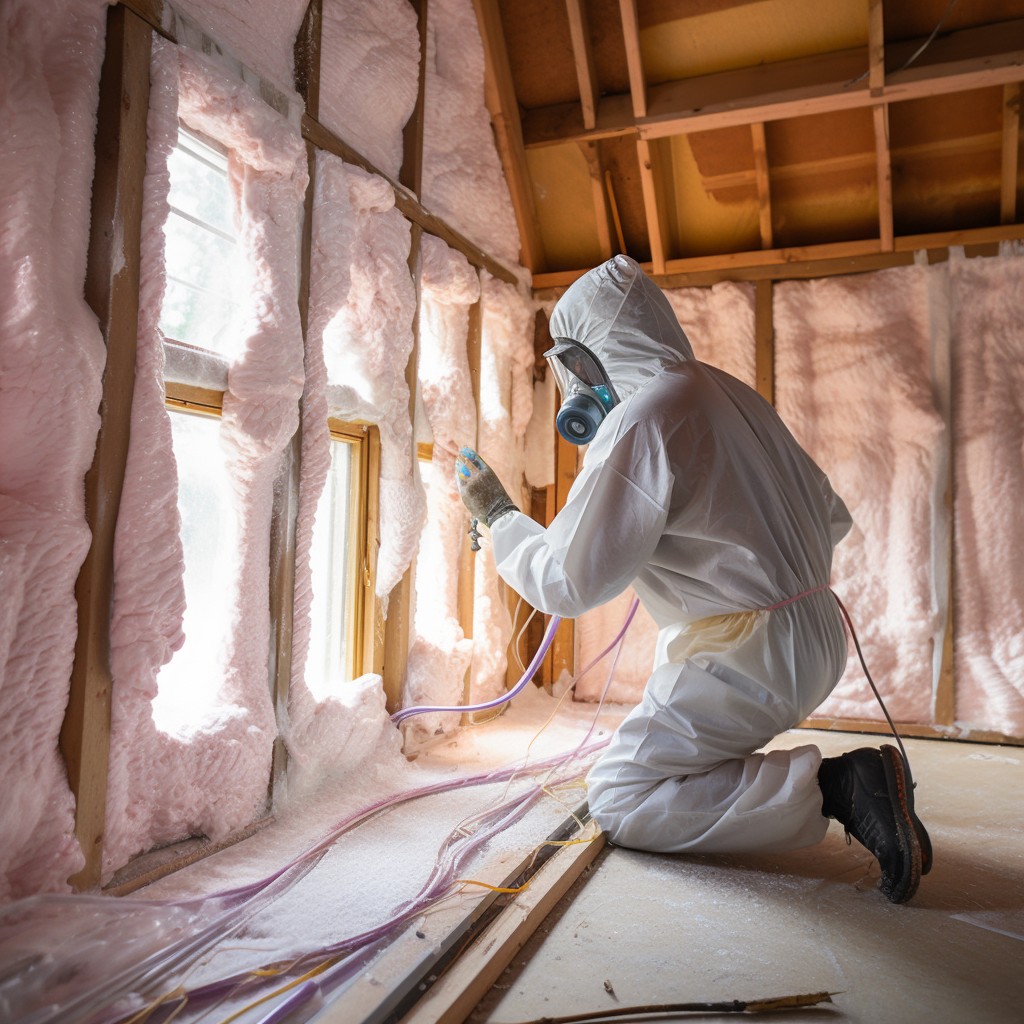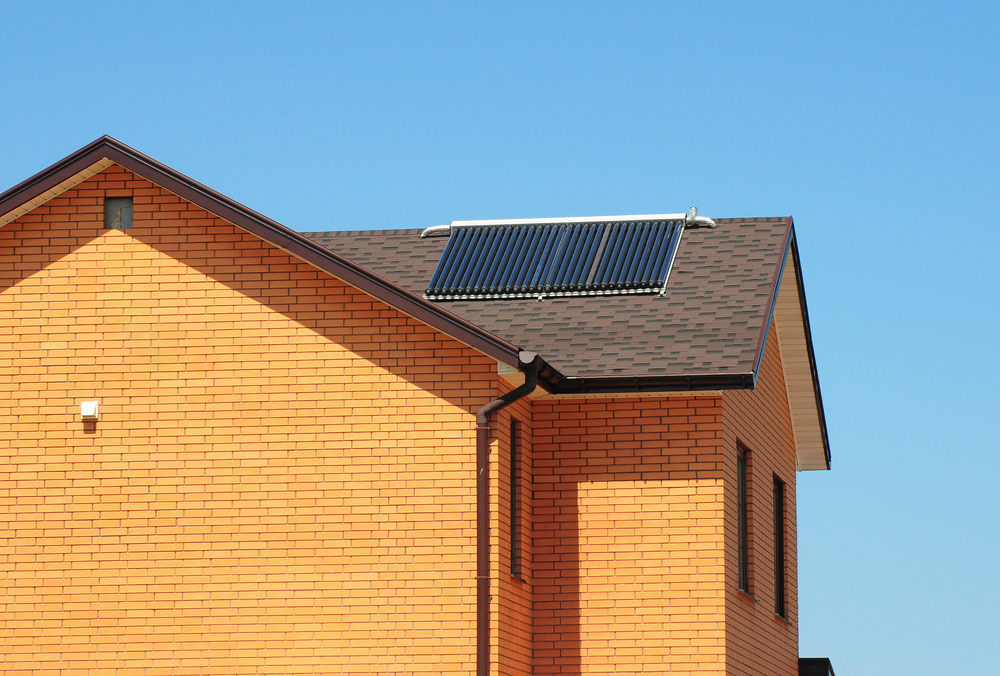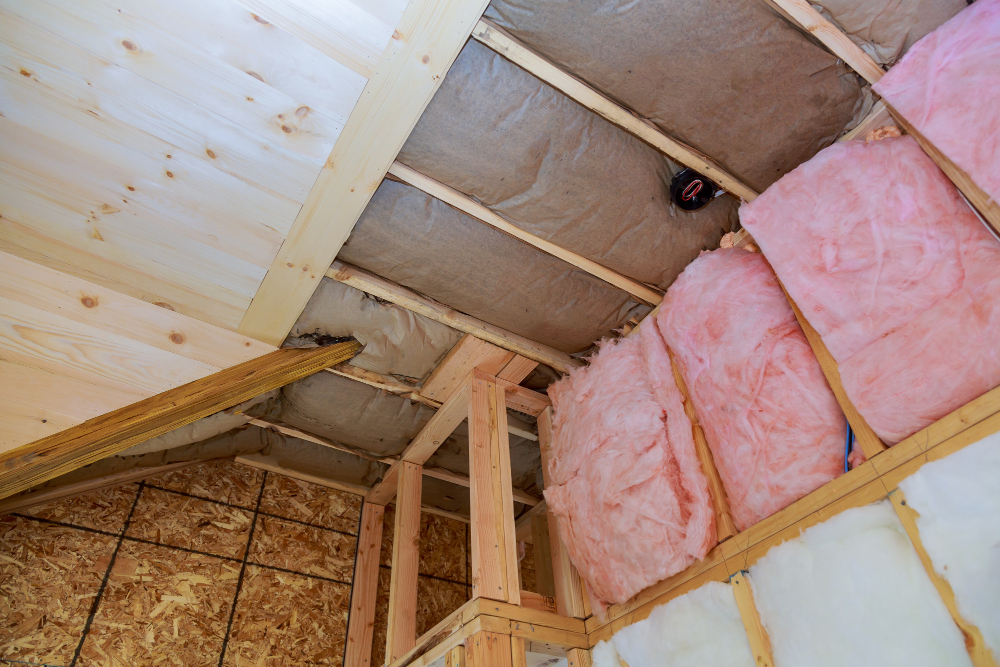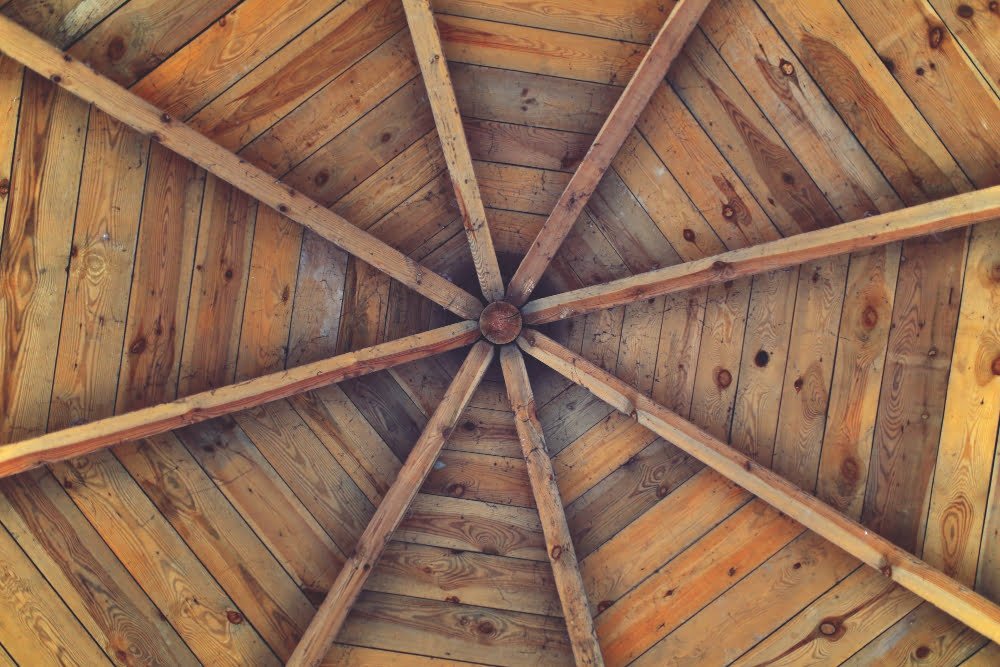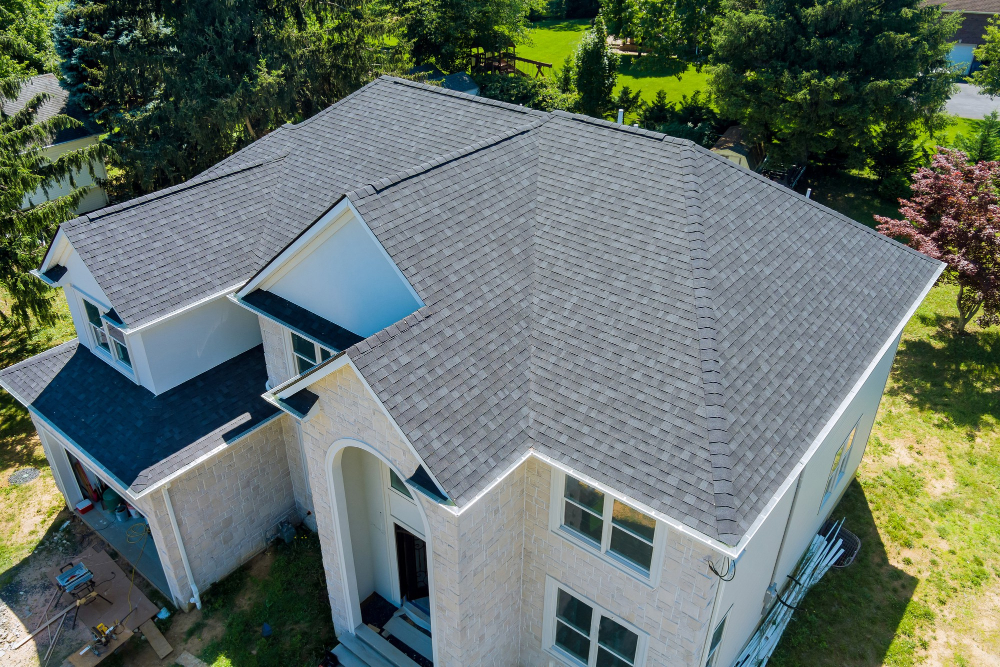Last updated on
Explore various attic baffle alternatives in this blog to enhance your home’s energy efficiency and ventilation while keeping your budget in check.
Are you tired of the heat escaping through your attic or the cold air seeping in during winter? Attic baffles are a popular solution to this problem, but they can be expensive and difficult to install. Luckily, there are alternative options that won’t break the bank and will still keep your home insulated.
In this article, we’ll explore some creative alternatives to traditional attic baffles that will help you save money while keeping your home cozy and efficient. So grab a cup of tea and let’s dive in!
Importance of Attic Ventilation
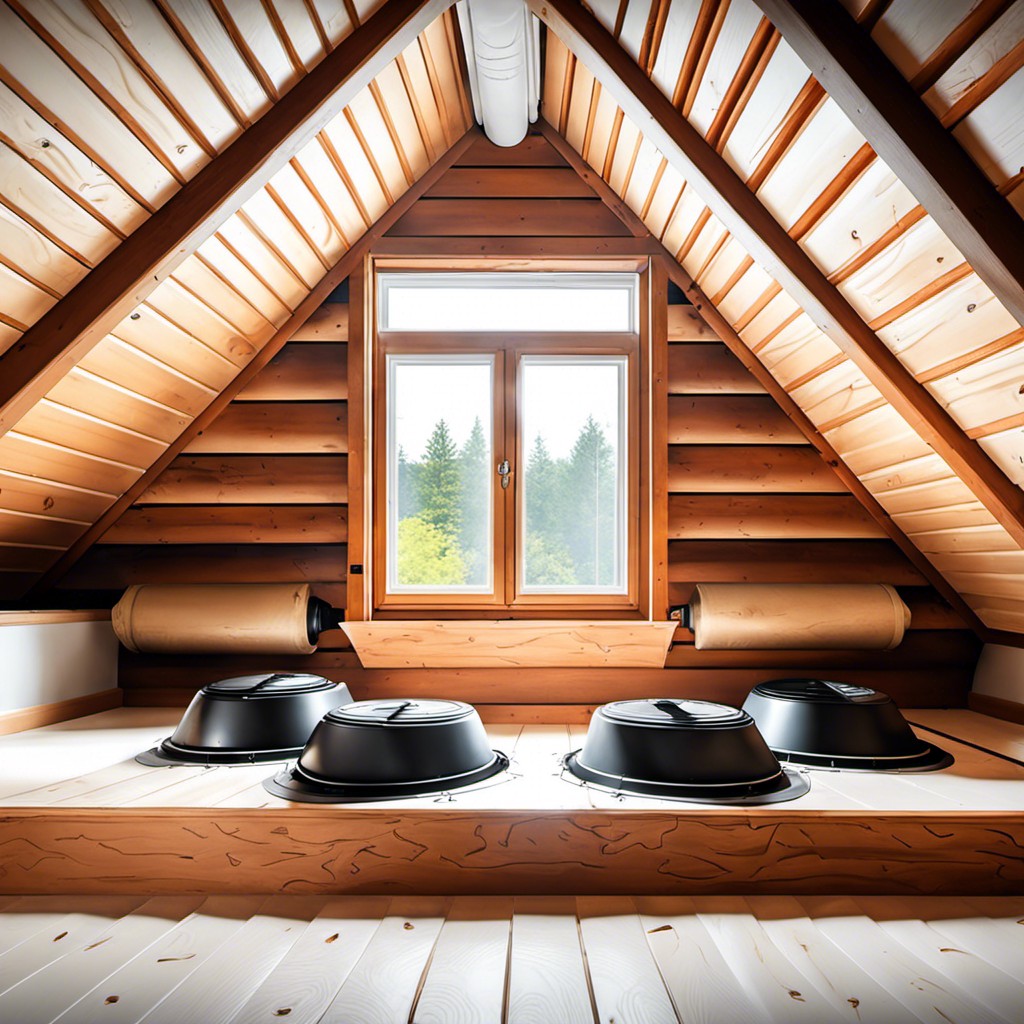
Proper attic ventilation is essential for maintaining a comfortable and energy-efficient home. Without adequate ventilation, your attic can become a breeding ground for mold and mildew, which can lead to health problems for you and your family.
Poor ventilation can cause moisture buildup that damages the structure of your home over time.
Attic vents allow air to circulate through the space between the roof deck and insulation in order to regulate temperature and humidity levels. This helps prevent ice dams from forming on roofs during winter months as well as reduces heat buildup in summer months.
Attic baffles play an important role in ensuring proper airflow by keeping insulation away from vents while still allowing air movement throughout the space.
Purpose of Attic Baffles
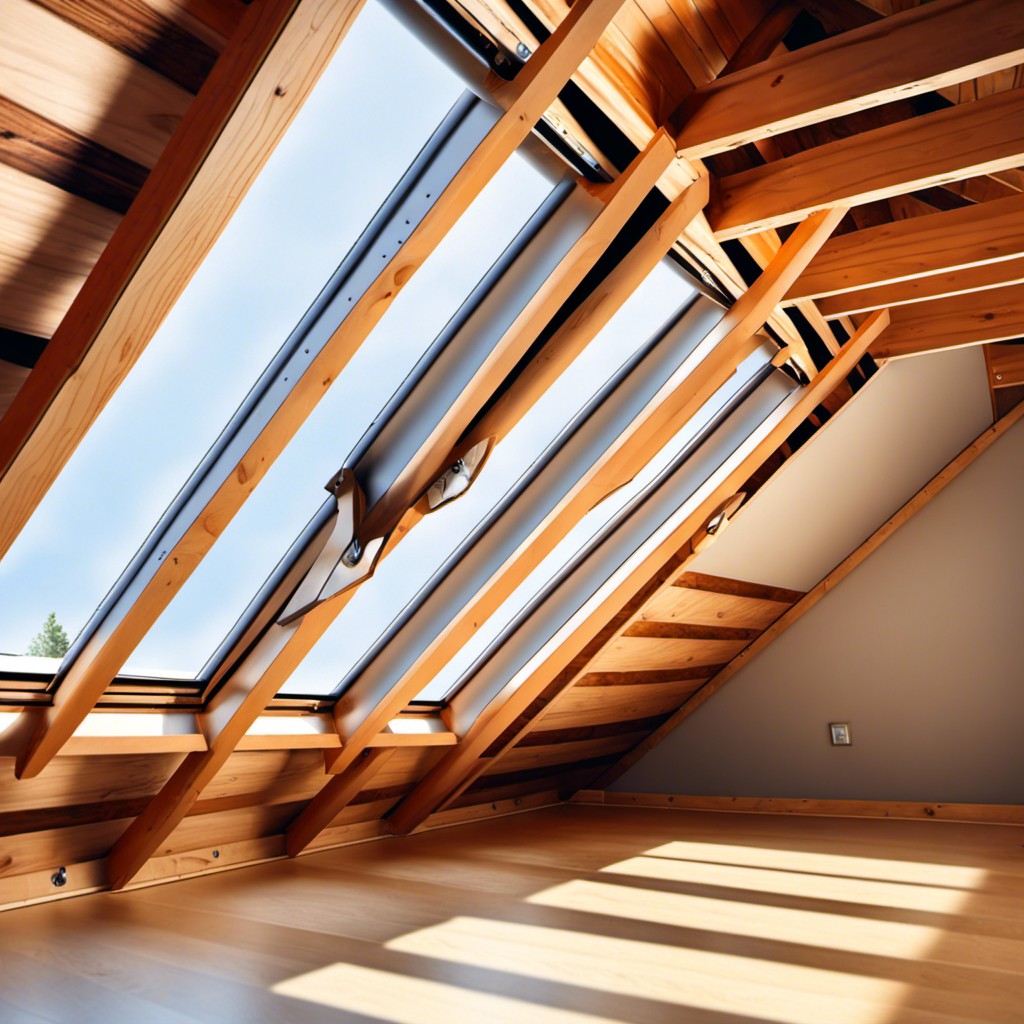
They serve the purpose of creating a barrier between insulation and roof decking, allowing for proper airflow to prevent moisture buildup and mold growth. Without adequate ventilation, your home can suffer from poor indoor air quality, increased energy bills due to inefficient heating or cooling systems, and even structural damage caused by rotting wood.
The primary function of attic baffles is to ensure that there is enough space between the insulation material in your attic floor and the underside of your roof deck. This space allows fresh air from outside into the attic while also preventing hot or cold air from escaping through gaps in roofing materials.
By installing effective baffle alternatives in place of traditional ones like foam boards or cardboard sheets, you can improve ventilation without breaking the bank.
Types of Attic Baffle Alternatives
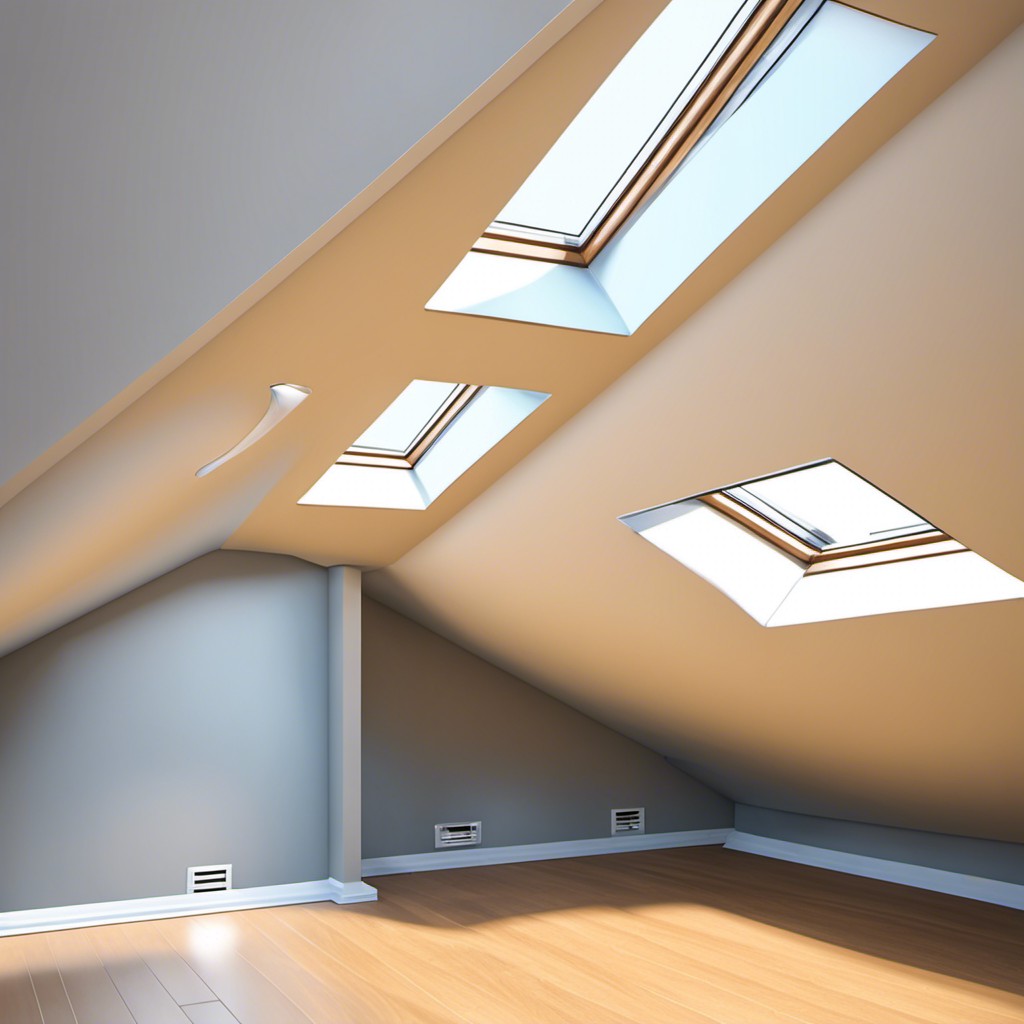
Fortunately, there are alternative options that won’t break the bank and will still keep your home insulated. Here are some types of attic baffle alternatives you can consider:
1. Cardboard Baffles: These baffles come in pre-cut sizes or custom-made shapes to fit any space between rafters.
2. Foam Baffles: Made from polystyrene foam, these lightweight baffles provide excellent ventilation while being easy to install.
3. Custom-Made Baffles: If you have a unique roof design or need specific measurements for your attic space, custom-made baffles may be the best option for you.
4.Raft-R Mate Alternatives: Raft-R Mate is a popular brand of traditional fiberglass batt insulation with built-in air channels that act as an alternative to standard cardboard or foam baffling systems.
5.Vent Chutes and Tunnels : Vent chutes (also known as rafter vents) create a channel between the roof deck and insulation allowing airflow through soffit vents at eaves which helps prevent moisture buildup in attics.
Insulation Types and Baffles
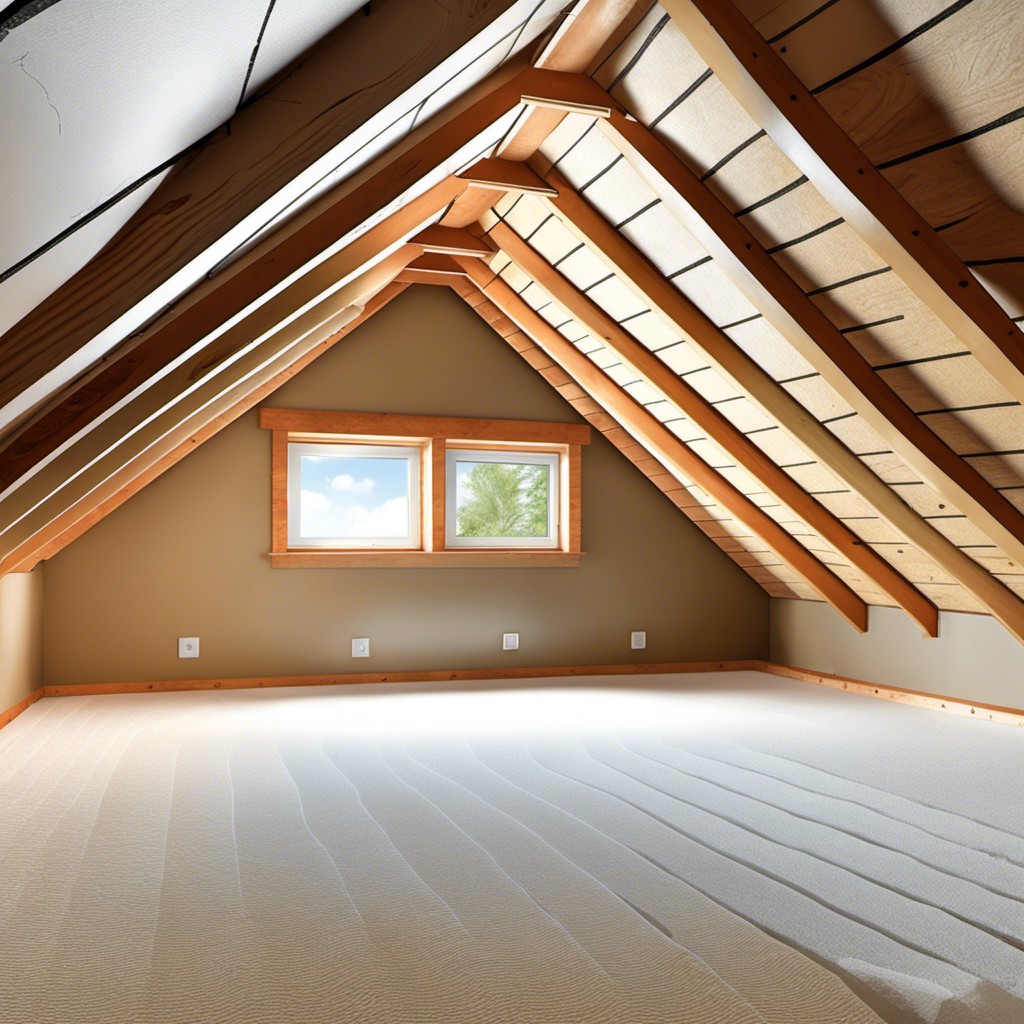
The most common ones include fiberglass batts, blown-in cellulose or fiberglass, and spray foam insulation. Each type has its own advantages and disadvantages in terms of cost-effectiveness, R-value (a measure of thermal resistance), ease of installation and maintenance.
Attic baffles can be used with any type of insulation material to ensure proper ventilation while keeping the insulation in place. However, some baffle alternatives work better with certain types than others.
For example, cardboard baffles may not be suitable for use with blown-in cellulose as they can get clogged easily due to the fine particles that make up this type of insulation material. On the other hand, foam board baffles may work well with spray foam as they provide a tight seal around openings where air could leak through.
Cardboard Baffle Alternatives
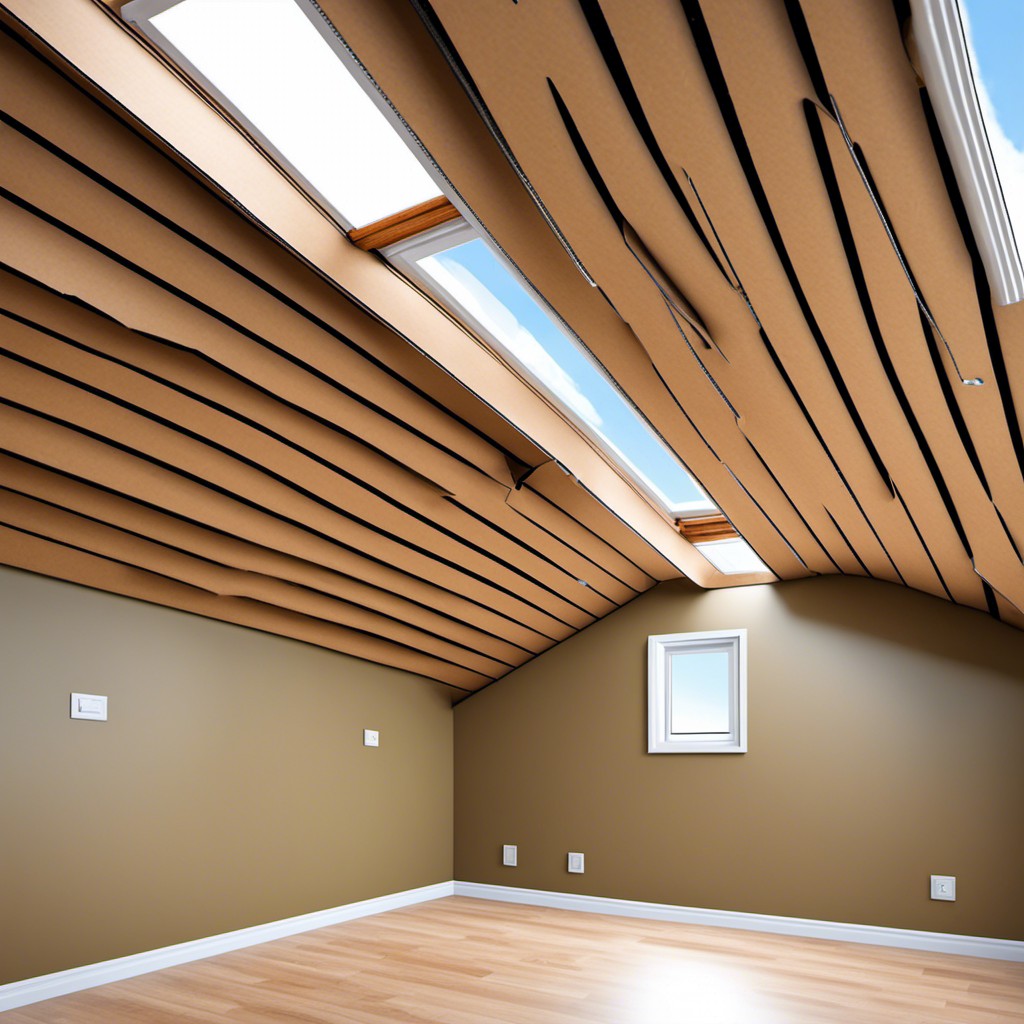
They are easy to install, lightweight, and can be cut to fit any space. Cardboard baffles work by creating a channel between the insulation and roof deck that allows air to flow freely through your attic while keeping insulation in place.
To make cardboard baffles at home, all you need is some corrugated cardboard sheets or boxes. Cut them into strips of about 2 feet wide by 4 feet long (or whatever size fits your attic).
Then fold each strip accordion-style so that it forms a zigzag pattern when installed in your attic.
One thing to keep in mind with this alternative is that it may not last as long as other materials like foam or plastic due to its susceptibility to moisture damage over time.
Foam Baffle Alternatives
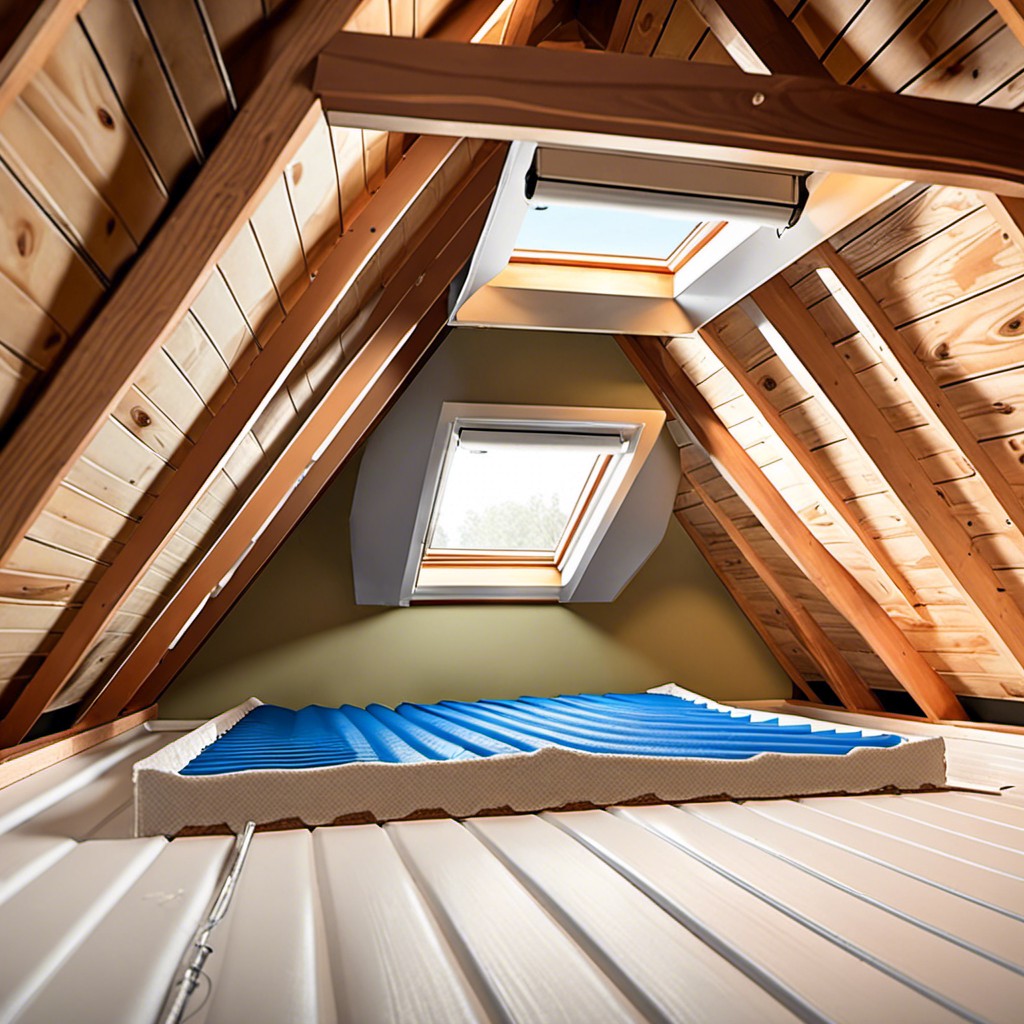
Foam baffles are made from polyethylene or polystyrene foam and can be easily installed in your attic space. They come in various sizes, shapes, and thicknesses to fit any type of roof structure.
One of the benefits of using foam baffle alternatives is that they provide superior insulation compared to other materials like cardboard or plastic. They also help prevent moisture buildup by allowing air circulation while keeping out pests such as rodents.
Another advantage of using foam baffle alternatives is their durability; they won’t sag over time like some other materials might do under the weight of blown-in insulation. Plus, they are resistant to mold growth which makes them ideal for humid climates.
While there may be a higher upfront cost associated with installing foam baffles compared to some other options on this list, it’s important not only consider the immediate costs but also think about long-term savings on energy bills due to increased efficiency.
Custom-Made Baffles
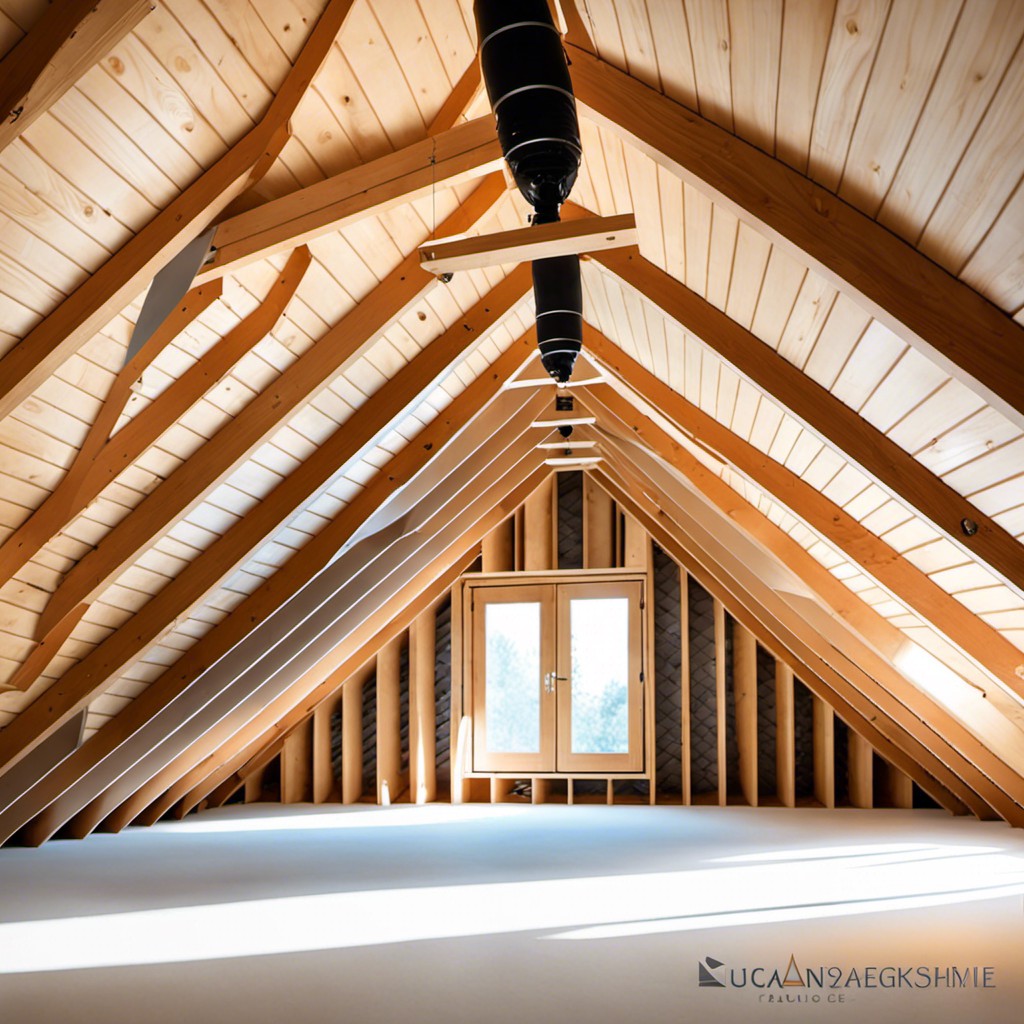
These baffles are made specifically for your attic and can be tailored to fit any size or shape. Custom-made baffles can also help improve ventilation by ensuring that air flows freely throughout the entire space.
While custom-made baffles may cost more than other alternatives, they offer several benefits that make them worth considering. For example, they provide better insulation and ventilation compared to traditional fiberglass batts or foam boards.
Since these types of baffles are designed specifically for your home’s needs, you won’t have to worry about gaps in coverage or improper installation.
When choosing a company to create custom-made attic baffles for your home, it’s important to do some research beforehand and find one with experience in this area. Look at reviews from previous customers and ask questions about their process before making a decision.
Raft-R Mate Alternatives

However, it can be expensive and difficult to install for some homeowners. Luckily, there are alternative options available that provide similar benefits at a lower cost.
One such option is using foam board insulation as an alternative to Raft-R Mate baffles. Foam board insulation comes in various thicknesses and sizes, making it easy to customize according to your attic’s dimensions.
To use foam board as an alternative baffle material, cut the boards into strips of the desired width and length using a utility knife or saw. Then insert them between rafters in your attic space just like you would with traditional baffles.
Another option is creating DIY cardboard baffles by cutting up old boxes or purchasing large sheets of cardboard from home improvement stores. These can be easily customized according to your specific needs while being budget-friendly at the same time.
Vent Chutes and Tunnels

They work by creating a channel for air to flow from the soffit vents into the attic space, preventing insulation from blocking airflow. Vent chutes are typically made of foam or plastic and can be easily installed between rafters.
Tunnels, on the other hand, create a more direct path for air to flow into your attic space. These tunnels can be made of cardboard or foam board and come in various sizes depending on your needs.
Both vent chutes and tunnels provide an affordable solution that is easy to install without professional help. However, it’s important to note that they may not work as effectively as traditional baffles in certain situations such as when there is limited roof overhang or if you have shallow eaves.
When considering vent chutes or tunnels as an alternative option for your home’s ventilation system, make sure you consult with a professional first before making any decisions.
Ventilation and Moisture Control
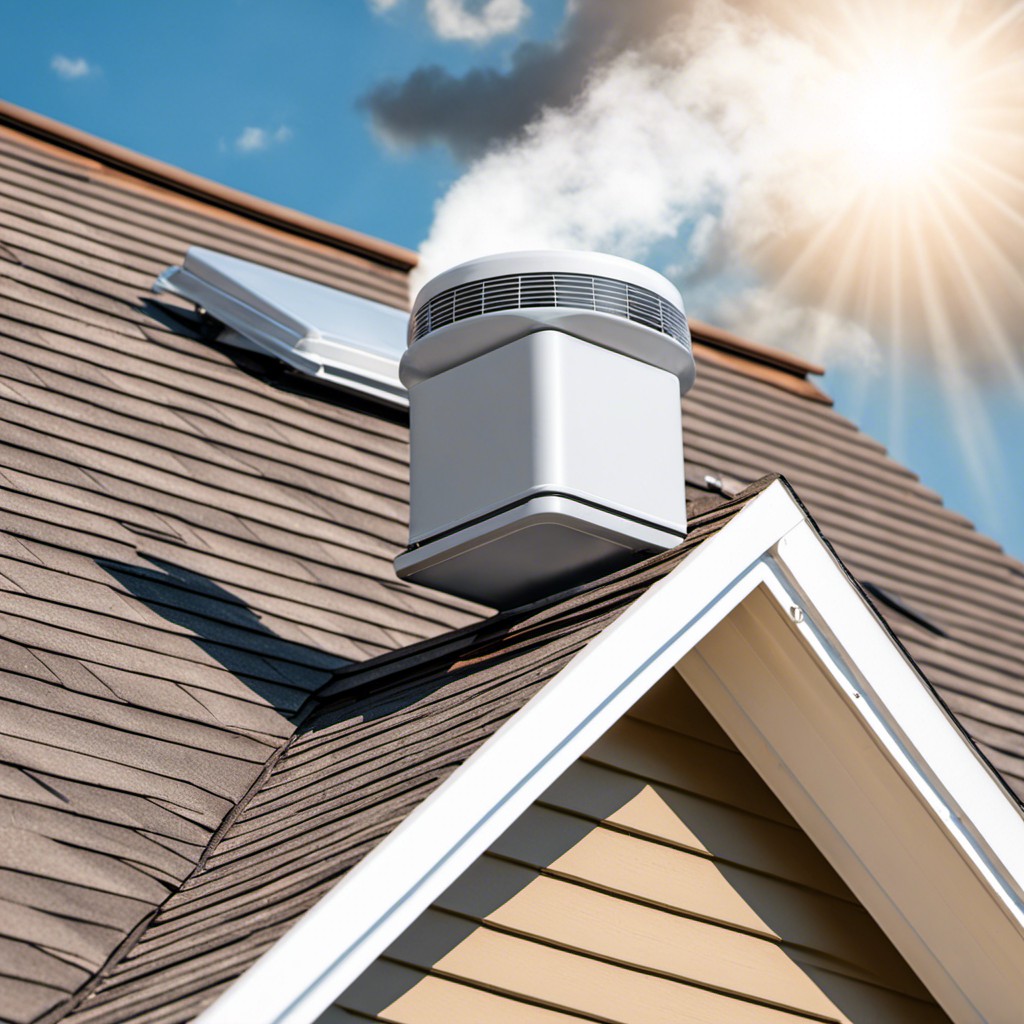
Attic baffles play an important role in ensuring proper air circulation, but they’re not the only solution. In fact, some alternative baffle options can even improve your home’s ventilation and moisture control.
For example, vent chutes or tunnels can be installed to create a clear path for air to flow from the soffit vents up through the roof vents. This helps prevent moisture buildup that could lead to mold growth or damage to your attic insulation.
Using materials like foam board insulation instead of traditional fiberglass batts can help reduce condensation in your attic space by creating an effective vapor barrier.
Air Sealing Techniques
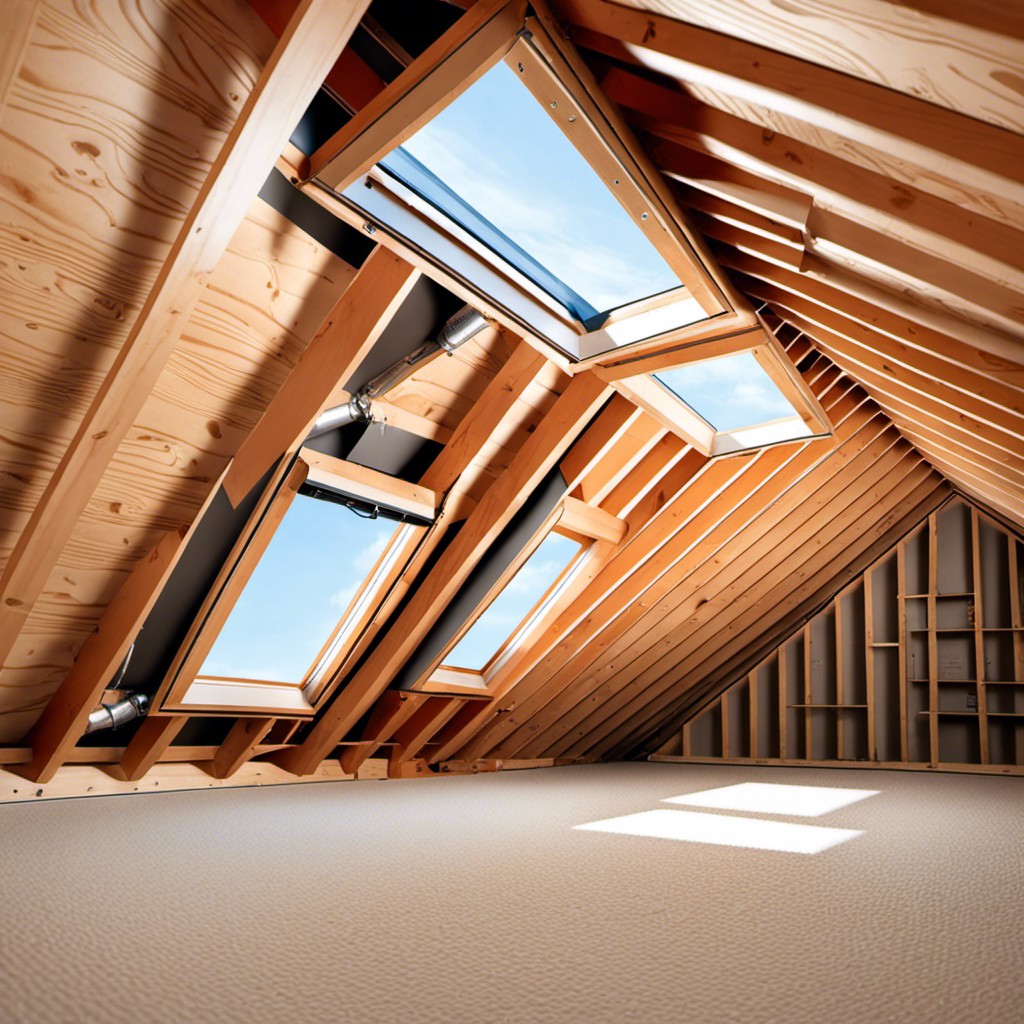
Proper air sealing techniques can help prevent drafts and keep your home comfortable year-round. One effective method is using spray foam insulation around the edges of your baffle alternatives to seal any gaps or cracks that may allow air leakage.
Another technique involves using weatherstripping tape along the seams where two pieces of material meet, such as between a cardboard baffle alternative and the roof decking. This will create a tight seal that prevents unwanted airflow.
It’s important to note that while air sealing is crucial for energy efficiency, proper ventilation must also be maintained in order to avoid moisture buildup in your attic space. A balance between these two factors will ensure optimal performance from both your attic baffles and overall insulation system.
DIY Attic Baffle Installation
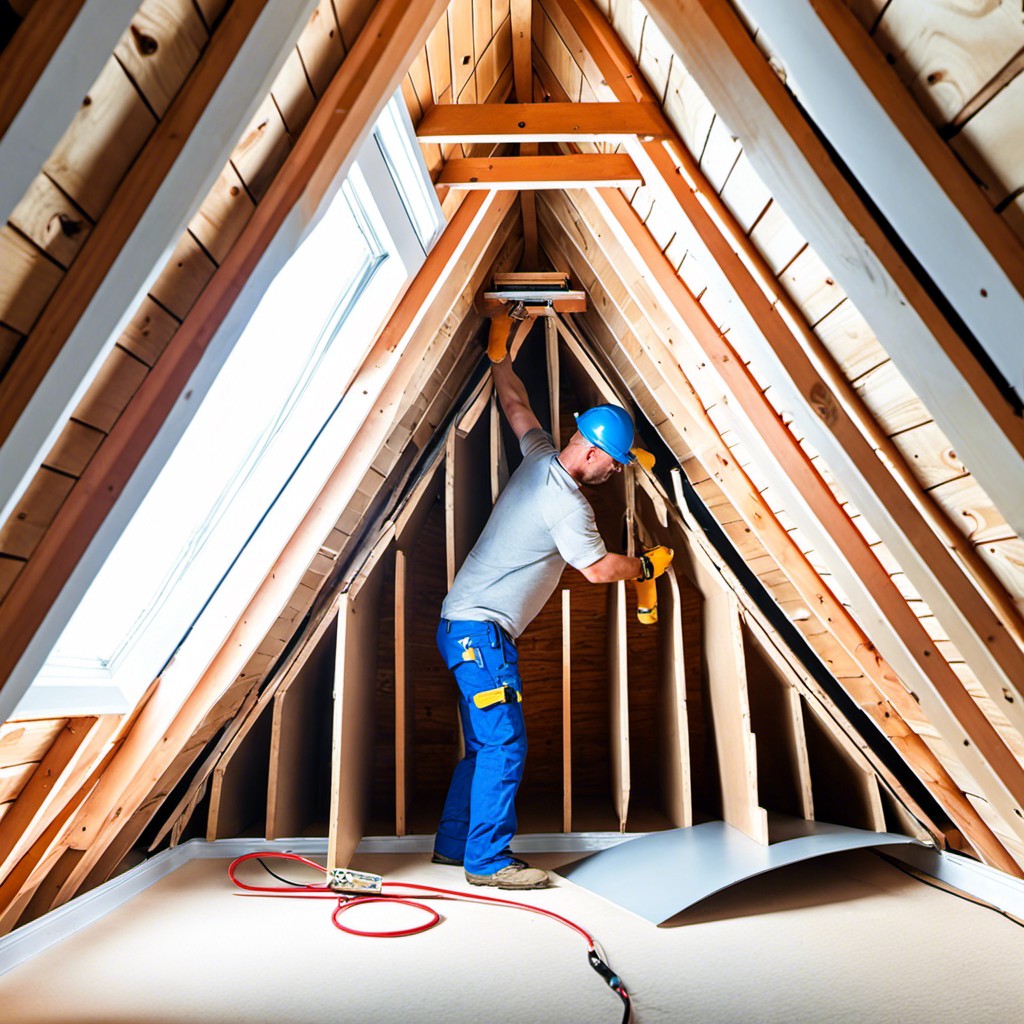
However, it’s essential to have the right tools and follow proper safety precautions before starting any installation project.
Firstly, measure the distance between your roof rafters and cut your baffle material accordingly. You can use cardboard or foam board insulation as alternatives for traditional baffles.
Then install them in each rafter bay by sliding them up from the soffit vents towards the ridge vent.
It’s crucial to ensure that there are no gaps between each baffle piece as this could compromise their effectiveness in preventing air leaks into your home. Make sure not to block any existing ventilation channels while installing new baffles.
Remember always; safety comes first when working on ladders or climbing into tight spaces like attics! Wear protective gear such as gloves and goggles during installation projects like these because they involve sharp objects that may cause injury if mishandled.
Professional Baffle Installation
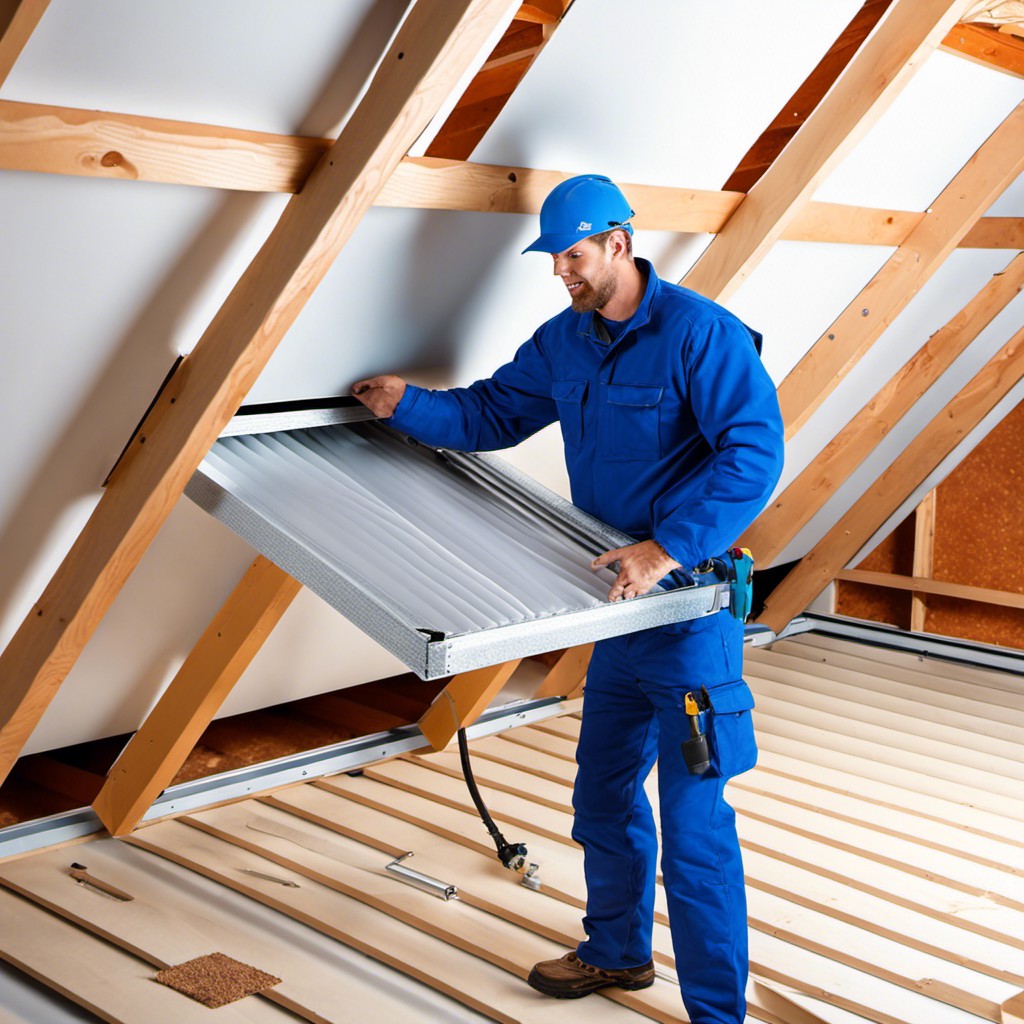
If you’re unsure about your ability to install baffles yourself, or if you simply don’t have the time or inclination to do so, consider hiring a professional.
A professional installer will have the necessary tools and expertise to ensure that your attic baffle installation is done correctly and efficiently. They will also be able to advise you on which type of baffle alternative would work best for your specific needs.
When choosing a professional installer, make sure they are licensed and insured. Ask for references from previous clients and check online reviews before making any decisions.
It’s important that you feel comfortable with the person who will be working in your home.
While hiring a professional may cost more than doing it yourself initially, it could save money in the long run by avoiding costly mistakes or damage caused by improper installation techniques.
Maintenance and Upkeep
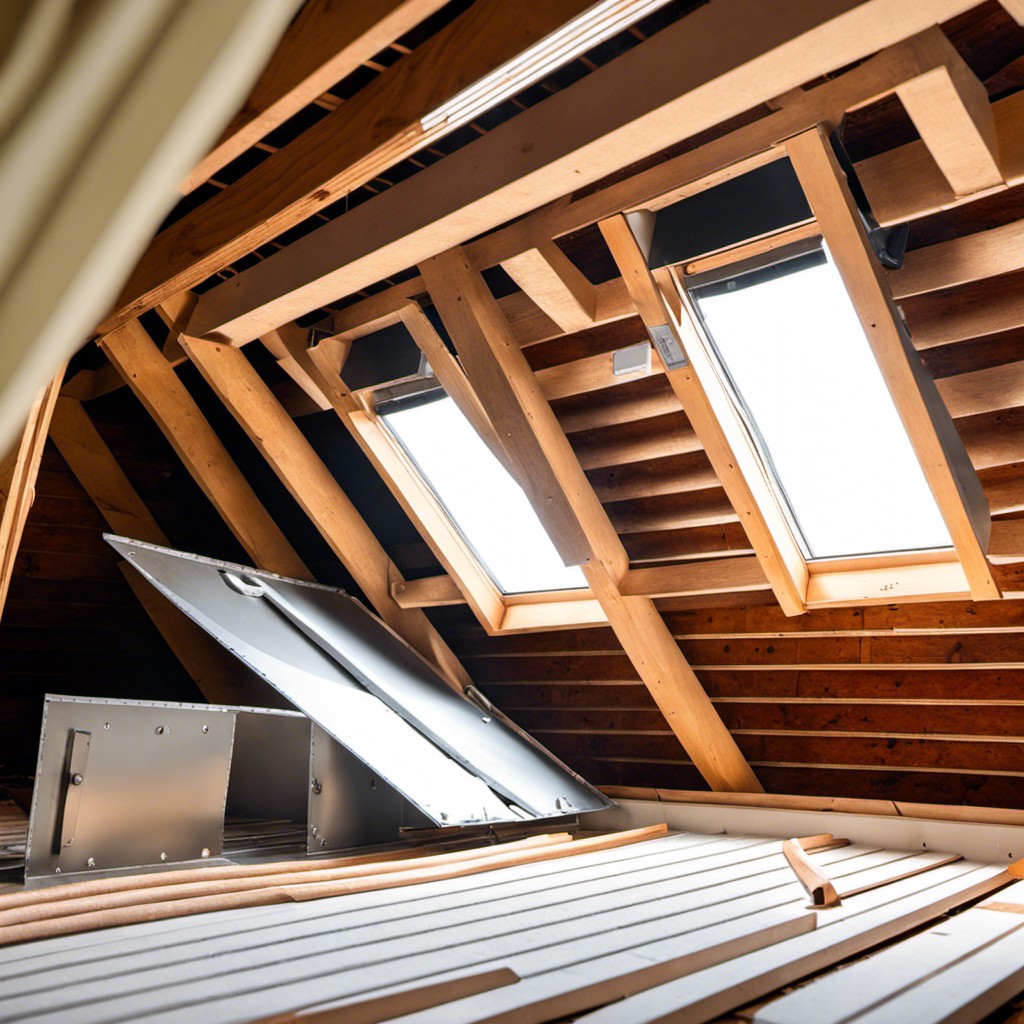
Check for any signs of damage or wear and tear that may compromise the insulation’s integrity. If you notice any issues, address them immediately before they become bigger problems.
It is also essential to keep your attic clean and free from debris that can clog vents or block airflow. Regularly inspect the area around your baffles for dust buildup or other obstructions that could hinder proper ventilation.
Consider scheduling an annual inspection by a professional contractor who can assess the condition of your insulation system and make recommendations for improvements if necessary.
Benefits of Attic Baffle Alternatives
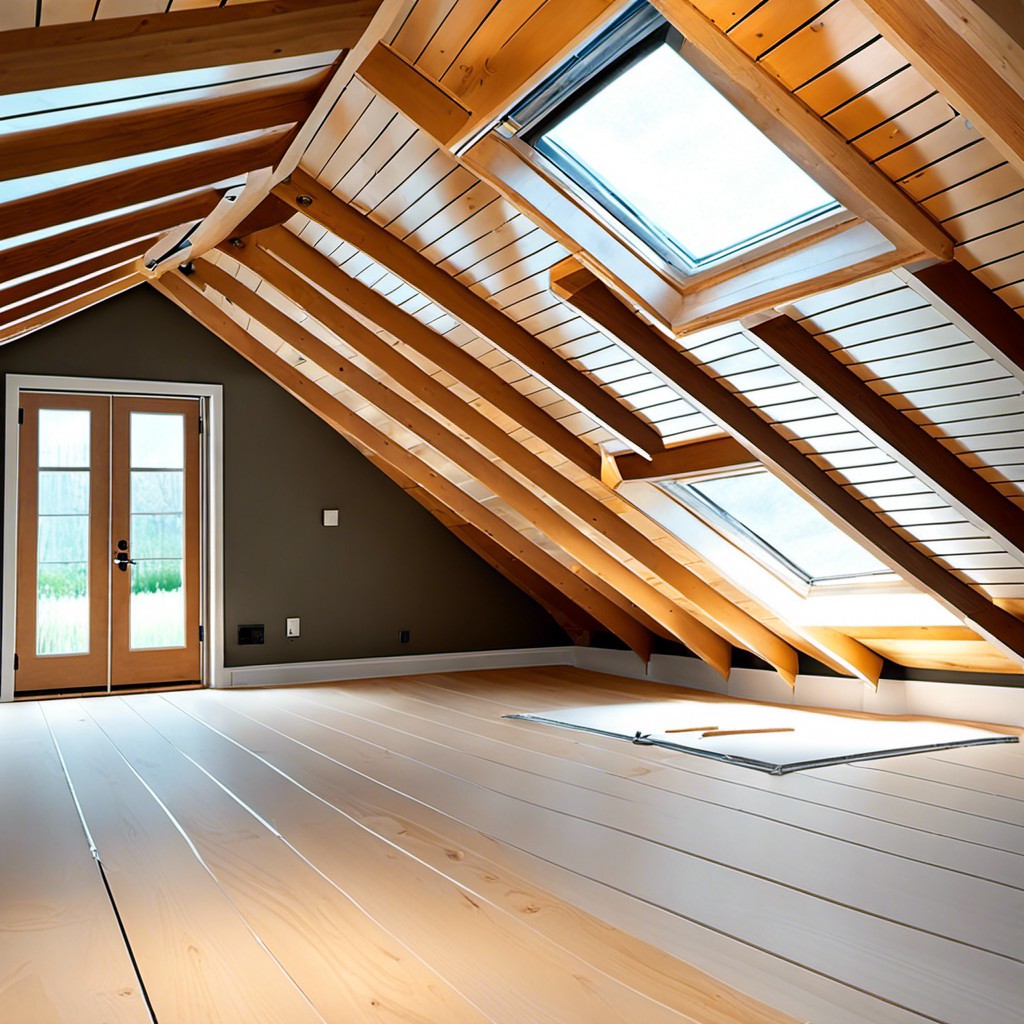
Firstly, they are cost-effective and can be easily installed without professional help. Secondly, these alternatives provide better insulation than traditional baffles as they prevent air from escaping through the attic while allowing proper ventilation to keep your home cool in summer and warm in winter.
Moreover, many of these options are made from eco-friendly materials such as recycled cardboard or foam which makes them an environmentally conscious choice. They also require less maintenance compared to traditional baffles since they don’t accumulate dust or debris over time.
Another advantage is that some of the alternative options like vent chutes and tunnels can be used for both new construction projects and retrofitting existing homes with minimal disruption to your daily routine.
Opting for attic baffle alternatives not only saves you money but also provides better insulation while being eco-friendly at the same time.
Materials Used in Baffle Alternatives
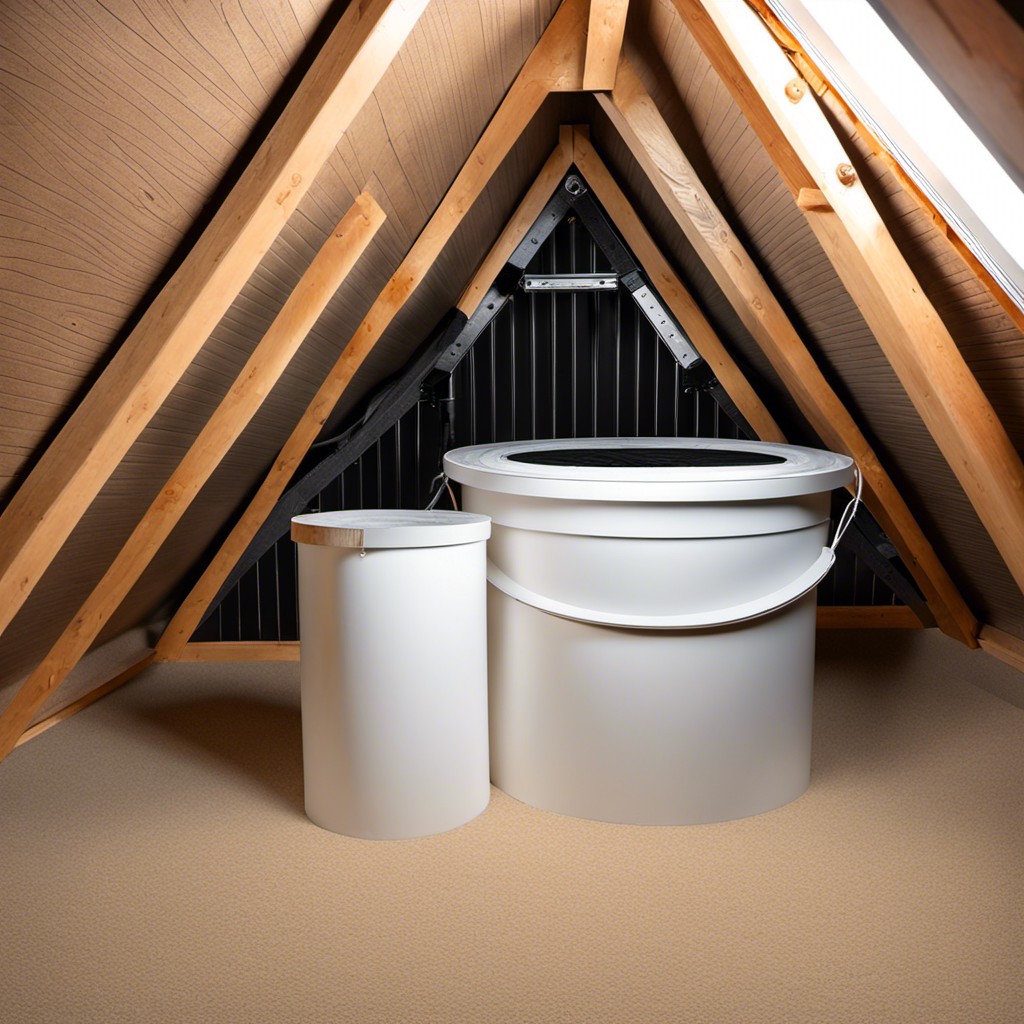
Some popular options include cardboard, foam board insulation, and custom-made baffles. Cardboard is an affordable option that can easily be cut to size and installed in your attic space.
Foam board insulation is another cost-effective choice that provides excellent thermal resistance while being lightweight and easy to handle.
Custom-made baffles are also an option for those who want a more tailored solution for their home’s specific needs. These types of baffles can be made from various materials such as plywood or metal sheets depending on the desired level of durability.
It’s important to consider the material used when choosing an alternative baffle solution as some may not provide adequate ventilation or moisture control which could lead to mold growth or other issues down the line.
Energy Efficiency Considerations
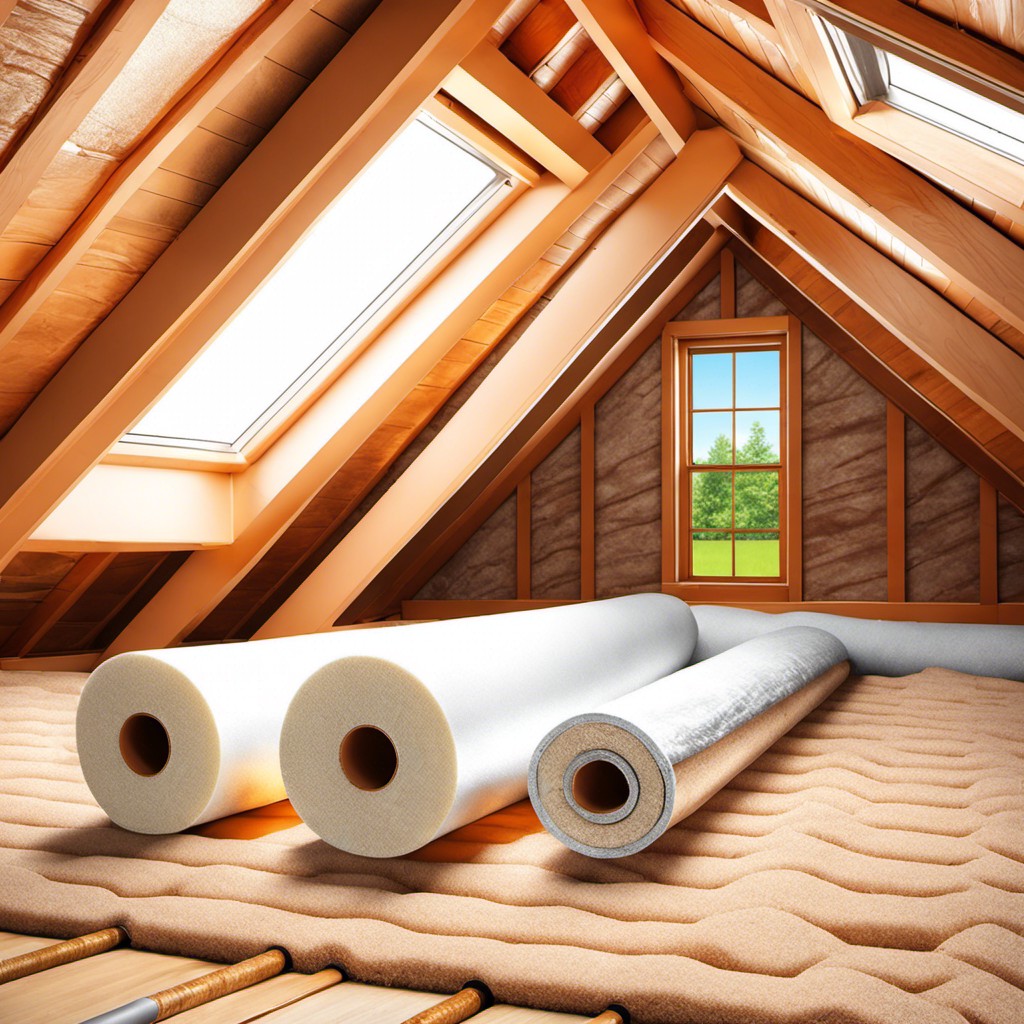
The right alternative can help you save money on your energy bills and reduce your carbon footprint. Some materials used for baffles are more efficient than others, so it’s essential to choose the right one for your home.
For example, foam board insulation is an excellent choice because of its high R-value (a measure of thermal resistance). It provides a tight seal that prevents air from escaping or entering through gaps in the insulation.
Cardboard baffles are also effective at keeping air flowing while preventing heat loss.
Another factor to consider is moisture control. Poor ventilation can lead to mold growth and other moisture-related problems that could damage your home and affect indoor air quality.
Choosing an alternative with good ventilation properties will help prevent these issues while still maintaining energy efficiency.
Health and Safety Concerns
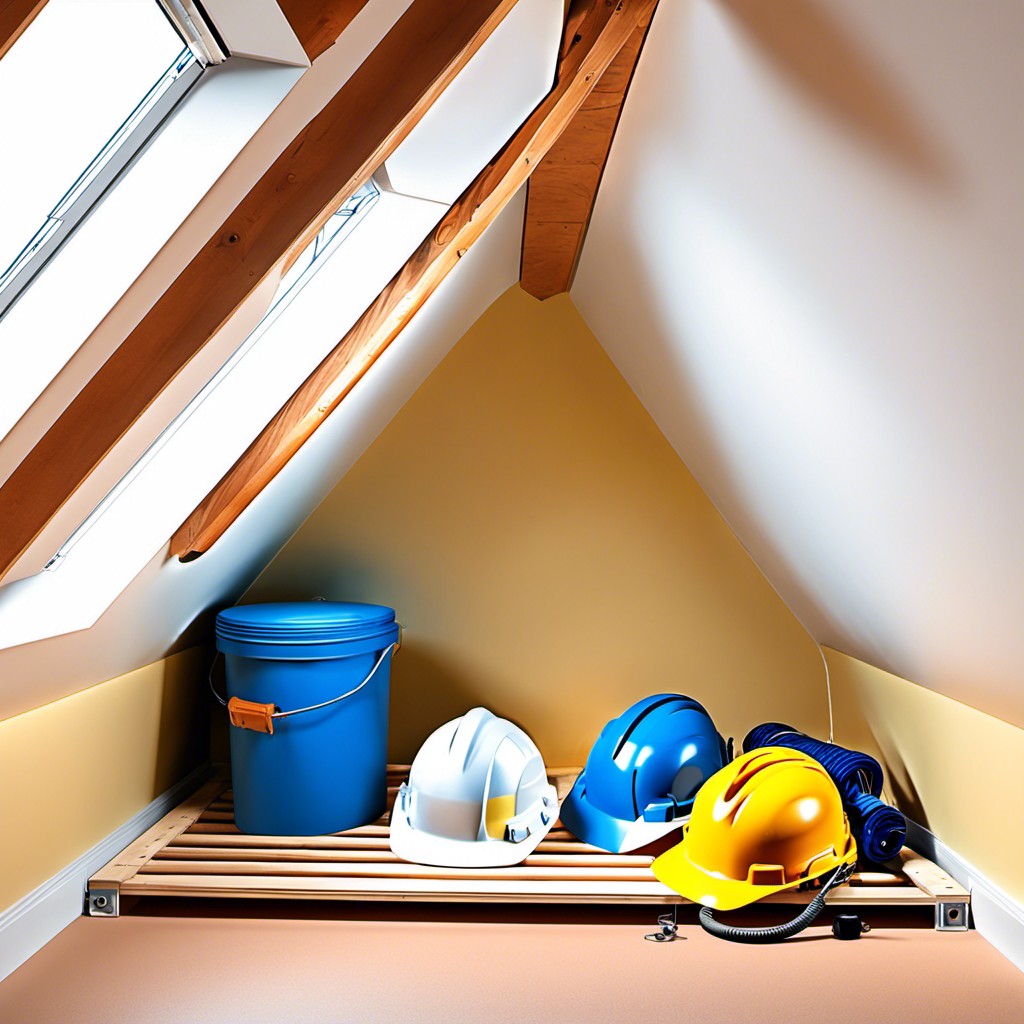
Some materials used in alternative baffles may release harmful chemicals or particles into the air, which can cause respiratory issues or other health problems. Improper installation of baffles could lead to fire hazards if they come into contact with hot surfaces like light fixtures or electrical wiring.
To ensure that you’re choosing safe materials for your attic baffle alternatives, do some research on the products you’re considering using. Look for options that are labeled as non-toxic and free from harmful chemicals like formaldehyde.
It’s also crucial to follow proper installation guidelines when adding any type of insulation or ventilation system in your home. If you’re not confident in your ability to install baffles safely yourself, consider hiring a professional contractor who has experience working with these types of systems.
Cost and Budget Analysis

Attic baffle alternatives can be an affordable solution for homeowners who want to improve their home’s energy efficiency without breaking the bank. The cost of attic baffles varies depending on the type and size of your attic, as well as the materials used in installation.
However, many alternative options are available that can save you money while still providing effective insulation and ventilation. For example, cardboard baffles are one of the most budget-friendly options available on the market today.
Foam board or custom-made baffles may require more investment upfront but offer long-term savings by reducing energy bills over time. DIY installation methods can help cut down costs significantly compared to hiring professionals for installation.
Before deciding which option is best suited for your needs and budget constraints; consider consulting with a professional contractor or conducting thorough research online about different types of materials used in making these alternatives.
Permaculture Yard Solutions
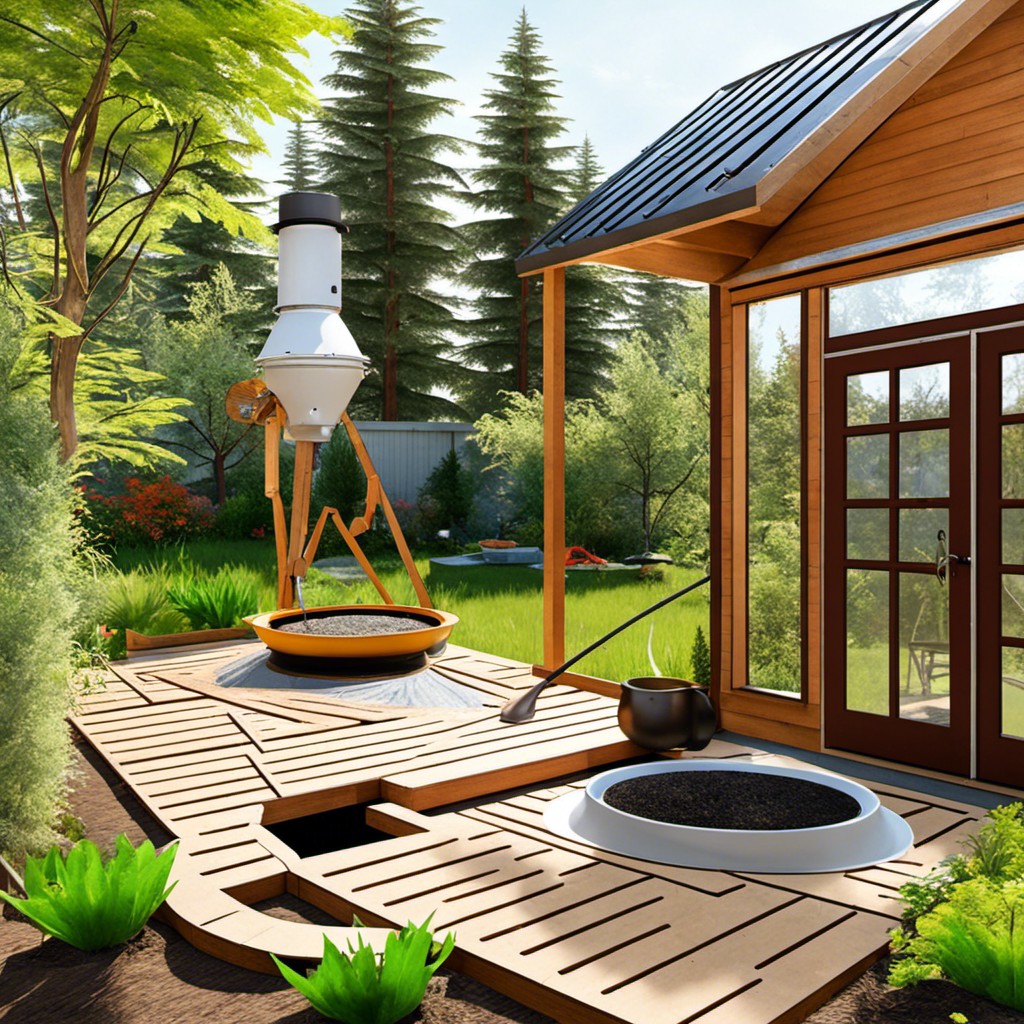
It’s not just about growing food, but also about creating habitats for wildlife, conserving water, and reducing waste. By incorporating permaculture principles into your yard design, you can create a beautiful outdoor space that benefits both you and the environment.
One way to incorporate permaculture into your yard is by using natural materials in your attic baffle alternatives. For example, instead of using foam or cardboard baffles that will eventually end up in landfills after they wear out or become damaged over time; consider using recycled wood scraps from other projects as custom-made baffles.
Another option could be installing vent chutes made from bamboo or other fast-growing plants rather than plastic ones which are non-biodegradable. These solutions may require more effort upfront but will ultimately save money while being environmentally friendly.
By implementing these simple changes in our homes’ insulation systems we can contribute positively towards the environment while saving money on energy bills at the same time!.
FAQ
Do you really need attic baffles?
Yes, attic baffles are necessary for maintaining proper attic ventilation, reducing moisture, and preventing mold growth.
Can you use cardboard for attic baffles?
Yes, cardboard can be used for attic baffles as they serve as effective ventilation channels and can be easily installed with staples.
What is the best material for attic baffles?
The best material for attic baffles is Styrofoam, as it offers a flexible, lightweight fit, costs the least, and comes with extra cones for soffit vent opening.
Are there any effective DIY attic baffle options available?
Yes, there are effective DIY attic baffle options available, such as using foam board or cardboard to create channels for proper air circulation.
How do different attic baffle materials affect energy efficiency and insulation?
Different attic baffle materials affect energy efficiency and insulation by offering varying levels of airflow and thermal resistance, thus influencing the overall performance and energy efficiency of the attic space.
What is the recommended installation process for attic baffles to ensure proper ventilation?
The recommended installation process for attic baffles is to position them between the rafters on the underside of the roof deck and secure them to ensure continuous airflow from the soffit vents to the attic space.
Recap
Liked this article? Here's what you can read next:
